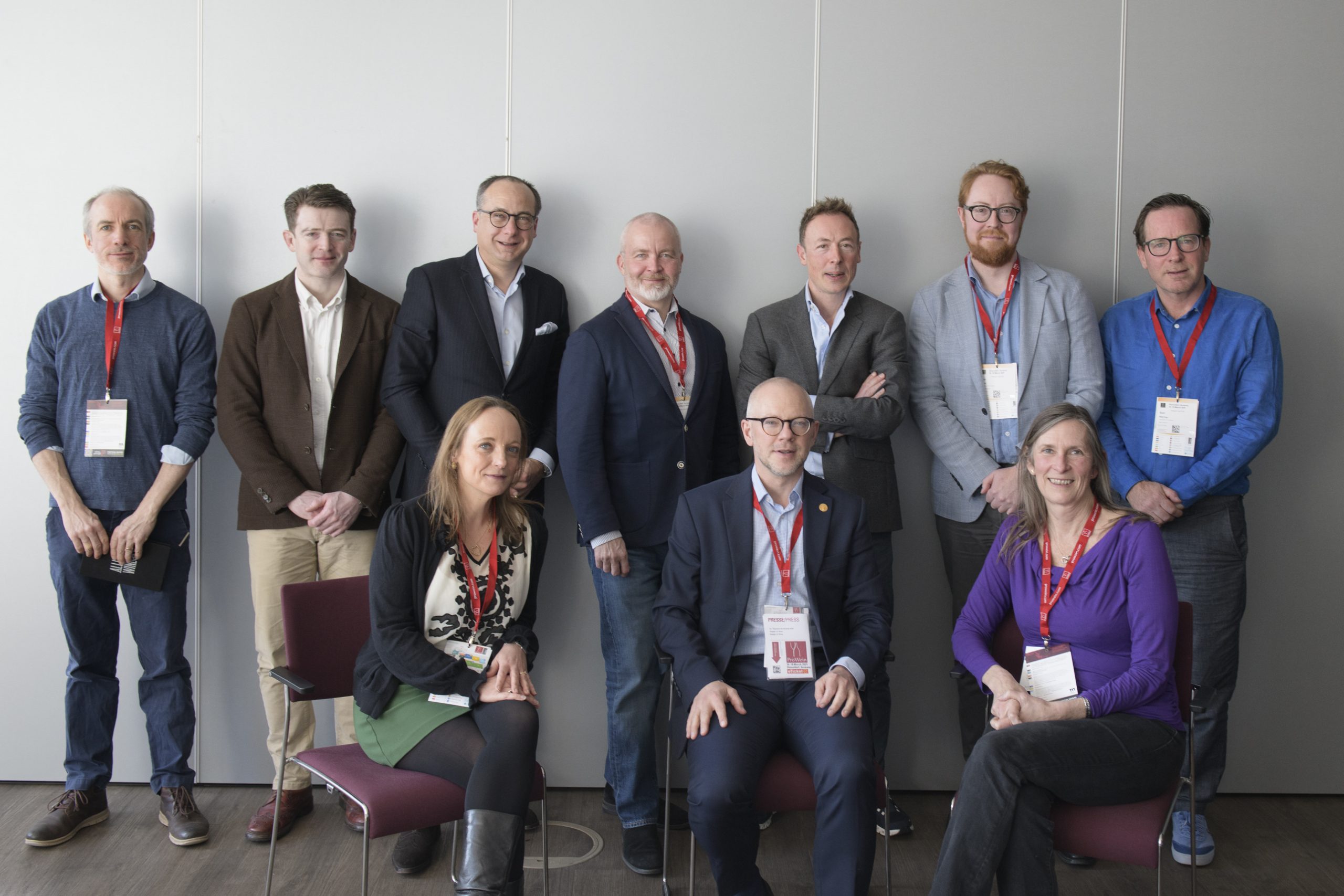Is AI the solution to smoke-tainted wines?
By Louis ThomasSmoke taint is one of the burning issues facing California’s wine industry. After more wildfires this summer, could artificial intelligence (AI) come to the aid of those viticulturists and winemakers facing another tarnished vintage?

Wildfires have become a fixture of Californian summers, partially as a consequence of climate changing turning the state into a tinder box. In July, more than 19,000 acres of Santa Barbara were scorched, with several wineries forced to evacuate. On 8 September, another huge blaze broke out which, as of Sunday (15 September), had razed 54,000 acres in Los Angeles and San Bernardino counties.
Indeed, the scale of the problem is so huge that Google has recently announced a US$13 billion investment in satellite imaging to aid in the detection and tracking of wildfires.
But, the US$88bn question, the approximate value of California’s wine industry as of 2022, is what can producers do if their harvest has already been hit by smoke?
Tastry co-founder and chief business officer Charles Slocum told the drinks business about how AI is employed to deal with smoke from wildfires tarnishing the flavour of the grapes: “TastryAI utilises advanced artificial intelligence to analyse the analytes present in a wine and decode the resulting flavour matrix; specifically, the AI leverages machine learning algorithms to predict the impact of these compounds on the wine’s flavour and aroma over time. Additionally, TastryAI provides actionable recommendations tailored to each specific case, suggesting optimal additions, blends, and treatments to mitigate the effects of smoke taint while preserving the wine’s quality.”
Slocum argued that this technology offers “several distinct advantages over manual inspections”.
“TastryAI can detect subtle variations in compound levels that might be overlooked by human sensory evaluation, particularly in the early stages when the taint is not sensorially evident. AI can model and predict future changes in wine characteristics based on current compound levels, offering foresight that manual methods cannot provide.”
“The AI provides specific recommendations for each wine’s unique chemistry, which is more precise than the general advice that might come from manual assessments,” he added.
Partner Content
Slocum revealed that a “smoke-only” analysis would set a produce back US$245, a full sample costs US$370, and it is US$555 for a “remediation analysis” – though, he added, there are “various discounts” for “regular clients”.
Of course, if smoke taint is detected, it begs the question of what producers can do. One Oregon winery turned 800 cases of its affected Pinot Noir into a suitable smoky BBQ sauce, while another distilled its vintage into spirits. According to Slocum, the AI Tastry utilises can offer “a tailored set of interventions to effectively mitigate its [smoke’s] effects”, ranging from recommending “specific adjuncts or fining agents that can neutralise or mask the effects of smoke taint”, to suggesting “specific blending recipes with untainted batches to most effectively dilute the smoky flavours.”
“Given the increasing frequency of wildfires globally, interest in TastryAI’s technology has spread beyond California to other states and Canada,” he shared.
Alternative solutions
While AI could provide on solution, new methods of cracking down on the scourge of smoke taint have also come on leaps and bounds. Researchers from the University of Adelaide have revealed how a special molecular imprinted polymer (MIP) developed in New Zealand by Amaea may also help to treat affected wines.
“The selectivity of MIPs made the science worth considering as a method to reduce volatile phenols,” explained professor of Oenology Kerry Wilkinson. “We exposed the wine to MIP beads imprinted with billions of binding sites complementary to the target compound’s molecular properties, such as size, shape and chemical characteristics – which allows the MIPs to specifically target, capture and remove the offending phenols.”
According to the researchers’ experiments, which involved adding the MIP beads to samples smoke-tainted Pinot Noir (with stirring for 24 hours), 35−57% of the volatile phenols (including guaiacol, 4-methylguaiacol and cresols) were removed – though this did come at the cost of some colour loss. Tests on Semillon and Merlot also yielded promising results. Volatile phenols give smoke-tainted wines an undesirable ashy aroma.
“When you look at the chemistry of wine and the ability to remove target molecules, there is real opportunity for MIP applications to remediate taints beyond smoke. We have expanded our treatment profile to target pyrazines, ethyl phenols and phenolic compounds and are currently working on broadening this further,” explained Amaea’s chief technical officer Dr Aaron Low.
Although preventing wildfires is a conundrum facing fire services across the Western US, and beyond, there are also remedies to prevent grapes from becoming tainted in the first place. It was revealed earlier this year that researchers from Oregon State University have developed a special spray-on coating that can protect the berries from those volatile phenols.
Related news
The winemaking nations hit hardest by Trump tariffs
‘Liberation Day’ or liquor lockdown? Trump’s tariffs rattle the wine & spirits world




